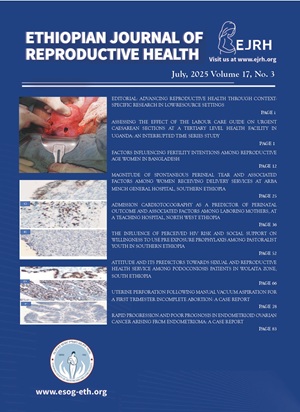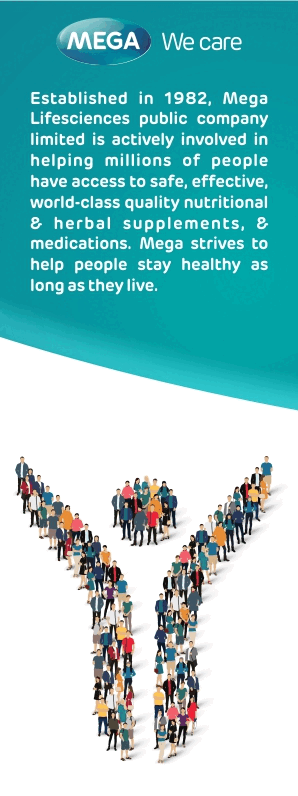Magnitude of spontaneous perineal tear and associated factors among women receiving delivery services at Arba Minch General Hospital, Southern Ethiopia: An observation-based cross-sectional study
DOI:
https://doi.org/10.69614/ejrh.v17i3.920Keywords:
Arba Minch, Associated factors, Spontaneous perineal tear.Abstract
Background: Spontaneous perineal tear occurs in 79% of women who give birth vaginally, leading to pelvic floor dysfunction and a low quality of life. Identifying factors that contribute to perineal tears can aid in the development of prevention strategies. However, the magnitude and factors associated with spontaneous perineal tears have not been adequately studied in Ethiopia, particularly in this study area. Therefore, this study aimed to assess the magnitude of spontaneous perineal tears and associated factors among women receiving delivery services at Arba Minch General Hospital.
Materials and Methods: A facility-based cross-sectional study was conducted on 398 laboring women from April 1 to July 30, 2021. The participants were selected via a systematic random sampling technique. Data were collected via a structured interviewer-administered questionnaire, data extraction, and an observation checklist. Binary logistic regression analysis was performed to identify factors associated with spontaneous perineal tears.
Results: The magnitude of spontaneous perineal tears was 37.4% (95% CI: 32.7%, 42.2%). Assisted vaginal delivery (AOR = 4.27; 95% CI = 1.21–15.01), duration of the 2nd stage of labor >60 minutes (AOR = 4.55; 95% CI = 2.23–9.15), mediolateral episiotomy (AOR = 4.63; 95% CI = 1.60–13.36), birth weight >3500 grams (AOR = 2.16; 95% CI = 1.10–4.26), applying fundal pressure (AOR = 7.65; 95% CI = 3.52–1665), having female genital cut scars (AOR = 5.23; 95% CI = 1.10–4.54) and perineal support (AOR = 2.23; 95% CI = 1.1–4.54) were factors associated with spontaneous perineal tear.
Conclusions: The magnitude of spontaneous perineal tears in this study was high. Assisted vaginal delivery, episiotomy, birth weight, duration of the second stage of labor, female genitalia cutting, fundal pressure, and perineal support were factors associated with spontaneous perineal tears. Therefore, to reduce its incidence in the future, improving perineal tear prevention strategies is essential.



